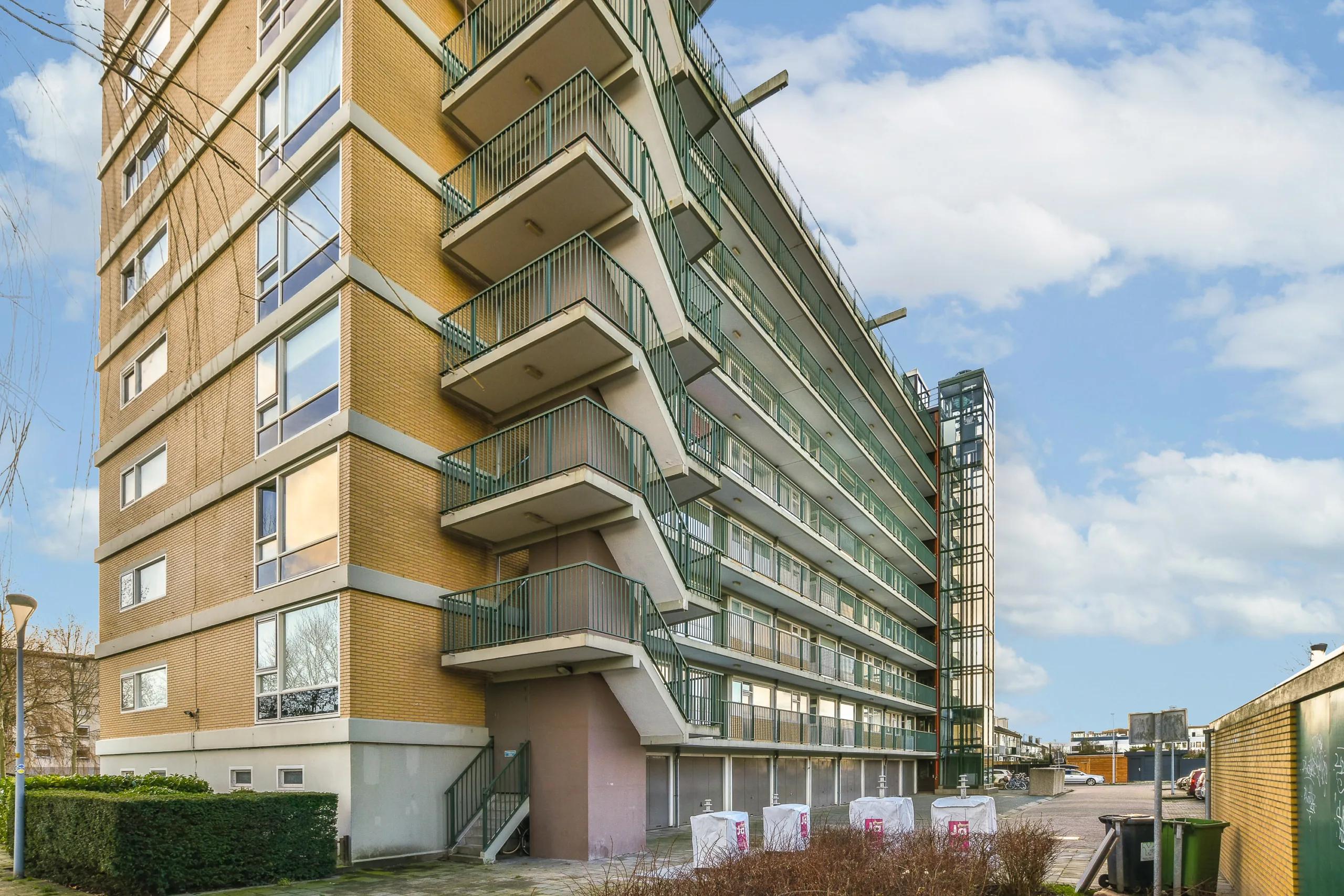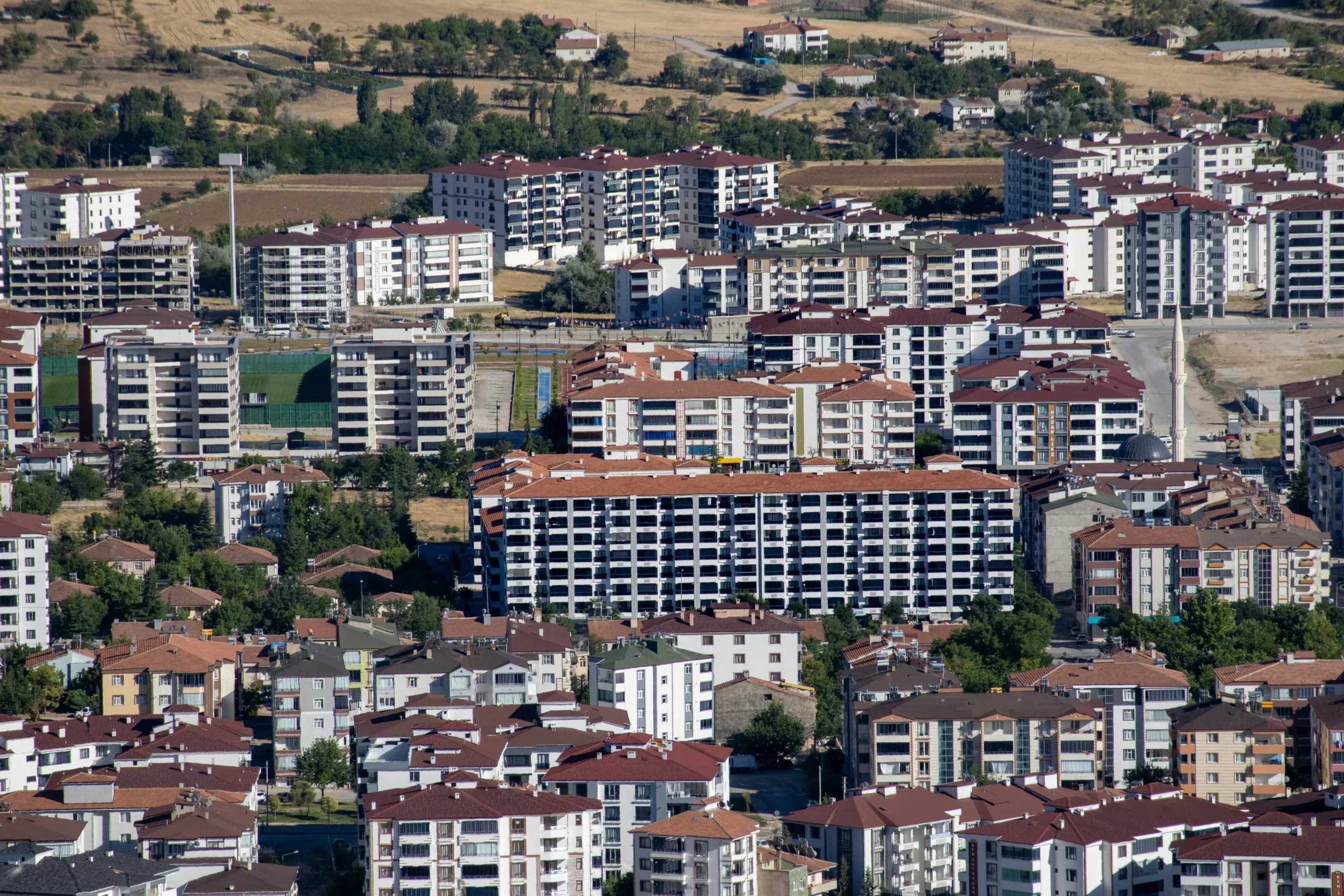- Multifamily demand remains strong, with net move-ins exceeding 100K units for the third straight quarter.
- New construction hits decade low, with only 450K units underway — down over 50% from peak levels.
- Vacancy rates continue to decline, falling to 9.02% as renter inquiries rise and concessions retreat.
- Rent growth moderates nationally, but regions like the Northeast and Midwest still see above-average gains.
Demand Holds As Supply Slows
The multifamily sector demand continues to show surprising strength even as the construction pipeline tightens, reports GlobeSt. According to Cushman & Wakefield, US renters absorbed roughly 102K units in Q3 2025 — marking the third consecutive quarter above the 100K mark. While this is down 12% from a year ago, year-to-date leasing activity is nearly on pace with 2024’s near-record levels.
A Shrinking Pipeline
New construction has declined sharply. Just 109K units were delivered in the third quarter, a 27% year-over-year drop. The current pipeline sits at around 450K units under construction — the lowest in a decade. This is significantly below both the pandemic-era peak and pre-COVID averages.
This reduction signals a broad recalibration in the market as developers pull back in response to rising costs and tighter margins. The result: a rebalancing between supply and demand that could help stabilize occupancy and pricing going forward.
Get Smarter about what matters in CRE
Stay ahead of trends in commercial real estate with CRE Daily – the free newsletter delivering everything you need to start your day in just 5-minutes
Occupancy Tightens, Renter Interest Grows
Vacancy rates continued to edge downward, improving from 9.22% to 9.02% in Q3. Renter demand remains healthy, with inquiries up 34% year-over-year. This signals that consumer appetite for rentals is holding steady, even amid economic uncertainty.
Concessions have also started to fade, and affordability-related move-outs remain minimal — both positive signs of renter stability.
Rent Growth Slows, But Not Everywhere
Rent increases are moderating. Nationally, year-over-year rent growth hit 1.5% in Q3, down from 2.2% earlier in the year. However, regional differences are clear: the Northeast led with 3.4% growth, followed closely by the Midwest at 3.2%, while the South saw just 0.6% growth.
Many landlords are favoring steady occupancy over aggressive rent hikes, especially as the sector enters a slower-growth, lower-supply phase.
Outlook: Stability Over Expansion
Investors and lenders remain engaged in the multifamily space, buoyed by a friendlier interest rate environment. Following multiple rate cuts from the Federal Reserve, capital flows into the sector are showing signs of recovery.
Looking ahead to 2026, the multifamily market appears to be entering a more balanced, durable stage — one marked less by construction booms and more by consistent, tenant-driven demand.


















